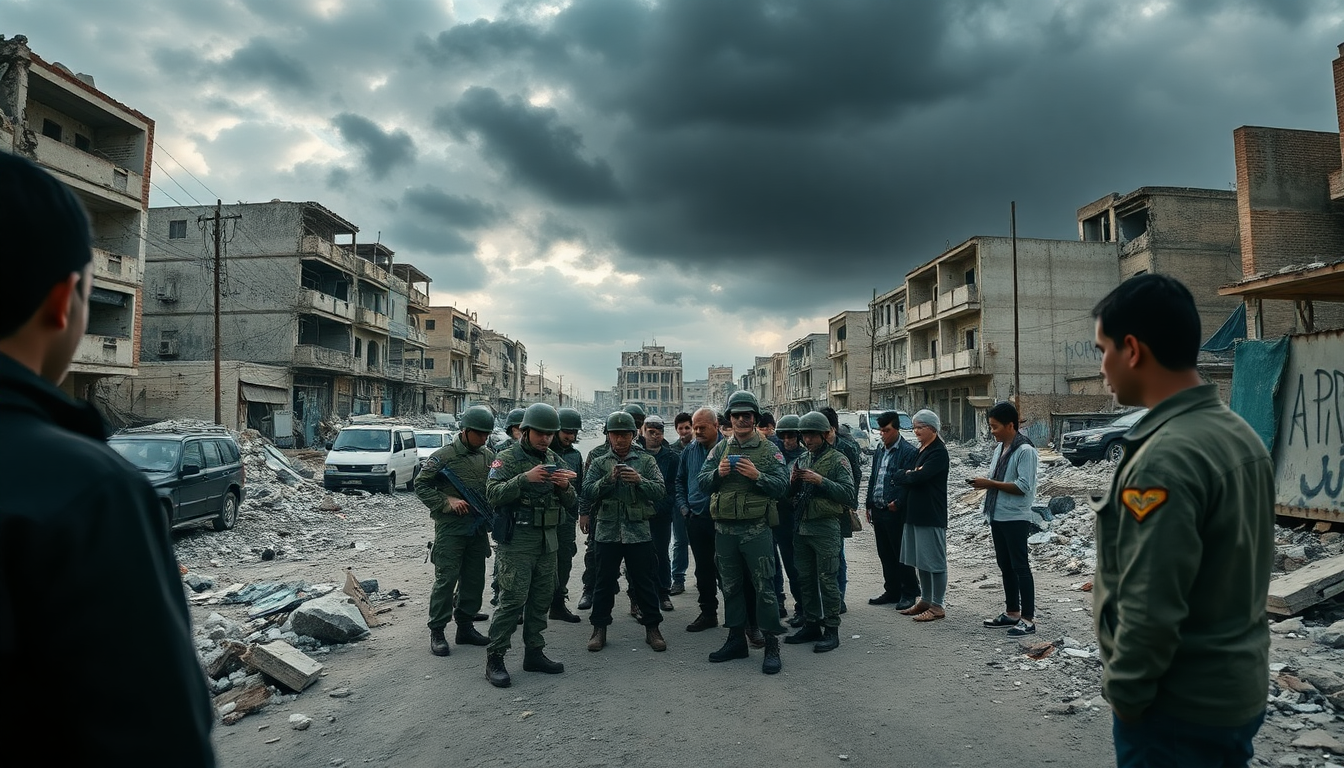Table of Contents
The landscape of modern warfare has been irrevocably changed by smartphones and social media. Gone are the days when governments could control narratives through traditional media alone. Now, with the instant sharing of images and videos, public perceptions and reactions to conflict are being reshaped, as we’ve seen with recent events in Gaza. The power of real-time documentation is not just transforming how wars are reported; it’s influencing the very fabric of international relations and public opinion. How does this shift affect our understanding of conflict?
The Digital Battlefield: A Shift in Narrative Control
Since October 7, 2023, we’ve witnessed a significant change. Images captured on smartphones now dominate the narrative over conventional reporting. The raw and visceral nature of these images—showing destruction and suffering—creates a powerful impact that eclipses official statements or press conferences. In this new reality, the voices of those directly affected by conflict resonate louder than government narratives, allowing us to see the truth unfold in real time. Isn’t it fascinating how a simple smartphone can hold such power?
As editorial control crumbles under the weight of social media, traditional gatekeepers are losing their grip. Platforms like TikTok, Instagram, and WhatsApp prioritize virality over context, enabling the most shocking and emotional content to reach audiences across the globe. This shift profoundly affects how we perceive and understand conflicts. Particularly among younger generations, there’s a growing engagement with these unfiltered portrayals of war, leading to a more informed—and often more critical—view of ongoing events. What does this mean for the future of news consumption?
The Ethical Implications for Society
The psychological impact of this visual bombardment is being felt deeply within societies embroiled in conflict. In Israel, for instance, the influx of graphic images from Gaza has sparked a national introspection. Citizens face the harsh reality of their government’s actions and the ethical dilemmas that accompany them. There’s a palpable shift in discourse, with increasing concern about the moral implications of military actions. How do we reconcile our national identities with the harsh truths being presented to us?
This growing unease signals a broader trend. Images of violence and suffering are prompting a sense of responsibility and complicity among citizens, challenging previously held beliefs about national identity and moral superiority. The once-clear narratives have become blurred, leading to increasingly polarized public opinions. These images don’t just document—they provoke action, reflection, and sometimes even regret. What happens when ordinary citizens start questioning the narratives they’ve always accepted?
International Ramifications and Shifting Alliances
The global effects of this visual warfare are profound. Countries that have historically supported Israel are now feeling pressure from their own citizens to rethink their positions. As people engage with these unfiltered depictions of conflict, they’re driving a shift in political discourse that challenges long-standing alliances. Lawmakers in Europe and North America are scrutinizing arms deals and diplomatic support in light of their constituents’ reactions—no longer swayed by official narratives, but by the emotional weight of visual evidence shared online. Isn’t it remarkable how social media can alter international relations?
In this new environment, the battlefield extends beyond borders and into political institutions. For nations like Israel, the challenge is to navigate a reality where traditional diplomacy meets overwhelming visual evidence of conflict. The pushback against established narratives isn’t just a trend; it’s a fundamental change in how international relations are conducted. How will countries adapt to this new era?
Conclusion: The Future of Conflict Narratives
As we continue to embrace the digital age, the implications for conflict narratives are profound. The smartphone has emerged as a powerful tool for everyday citizens, enabling them to document and share their experiences in real time. This democratization of information means governments can no longer rely solely on their narratives to shape public perception; they must contend with the raw realities presented by those on the ground. Are we ready for this shift?
Ultimately, this new era of conflict calls for a reevaluation of how we engage with images of war. The visual record is now an undeniable part of the narrative, challenging societies to confront their actions and the consequences that unfold. As we move forward, understanding the impact of these images will be crucial in shaping both public opinion and policy in the face of ongoing conflicts. How will we respond to this evolving narrative landscape?


